Class Assembly – tomorrow 2.40pm
We can’t wait to showcase our first class assembly of the year: Thursday 20 October 2016. It would be great if as many parents as possible could make it. Please be in school by 2.40 pm if you would like to watch.
What is cyberbullying?
Cyberbullying can happen via text, email and on social networks and gaming platforms. It can consist of:
- threats and intimidation
- harassment and stalking
- defamation
- rejection and exclusion
- identify theft, hacking into social media accounts and impersonation
- publically posting or sending on personal information about another person
- manipulation
The best way to keep your child safe online is to take an active interest right from the start. They need your love and protection online as much as they do in the real world. What your child is exposed to will depend on how they’re using the internet – social network users are more likely to experience cyberbullying, see sexual or violent images, or have contact with strangers.
Your child might be reluctant to tell you that they are worried about cyberbullying so it’s important to look out for the signs:
- stopping using their electronic devices suddenly or unexpectedly
- seeming nervous or jumpy when using their devices, or becoming obsessive about being constantly online
- any changes in behaviour such as becoming sad, withdrawn, angry, or lashing out
- reluctance to go to school or take part in usual social activities
- unexplained physical symptoms such as headaches, stomach upsets
- avoiding discussions about what they’re doing online or who they’re talking to
If you become aware that your child is being cyberbullied, there are a number of things you should aim to do straight away:
- create opportunities to talk to your child in a relaxed environment, sometimes it can be less intense if you go for a walk or a drive rather than sitting face-to-face
- stay calm and ask them how you can help
- ask open questions and listen without judging
- praise them for talking to you
- don’t take away their devices unless this is what they want, it’s likely to make them angry and increase feelings of sadness and isolation
If your child is upset by something they’ve experienced online but seems to be handling the situation then advice you can give includes:
- it may be tempting but don’t retaliate. This can have unpredictable consequences, can make arguments last longer and make it harder to see who’s in the wrong.
- shut down arguments online before they take hold. Try not to involve lots of others in online arguments. This includes being careful what they post, what they share, and knowing when to leave a group chat or change the conversation.
- ask people to take down hurtful or offensive content. Your child may be successful by simply being honest about how they feel, particularly if the perpetrator didn’t meant to cause them harm.
For more information please take a look at www.internetmatters.org where there is a great deal of information and advice. If you have any concerns, please come and talk to us at school, we may be able to help.
Anxiety in young people
As we approach the break, Halloween seems to have come early, with the ‘clowns’ craze around the country. Many children find Halloween a terrifying time in any case, particularly young people on the autism spectrum. You might find these resources useful in helping children manage their anxiety:
Anxious Child (Mental Health Foundation)
Anxiety and Phobias (Young Minds)
Worries and Anxieties (Royal College of Psychiatrists)
The underwear rule
The NSPCC has launched the second phase of the Underwear Rule campaign, designed to encourage and empower parents of 5-11 year olds to talk to their children about keeping safe from sexual abuse. The Underwear Rule is an easy way to teach children that their body belongs to them and to talk to a trusted adult if they ever feel scared or upset.
The aim of the campaign is to reach even more parents to increase their confidence and knowledge in how to broach this tricky subject in an age appropriate way using the Underwear Rule.
NSPCC research shows that the proportion of parents who had spoken to their children about keeping safe from sexual abuse rose significantly from 46%, before the first phase of the campaign last summer, to 64% afterwards. They now want to build on that progress and reach even more parents, giving them the tools to have simple conversations with their children about keeping safe from abuse.
Ensuring that parents and carers teach their children the Underwear Rule, and that keeping safe from abuse – like the Green Cross Code – becomes an integral part of parents’ conversations about safety with their children, is vital in the fight against child abuse.
Phonics
This week, we will begin Phase 2 of the Letters and Sounds phonics programme.
In this phase, children will continue practising what they have learned from Phase 1, including ‘sound-talk’ (orally blending and segmenting words). They will also be taught the phonemes (sounds) for a number of letters (graphemes), which phoneme is represented by which grapheme and that a phoneme can be represented by more than one letter, for example /ll/ as in b-e-ll. Your child might use pictures or hand movements to help them remember these.
Children will learn 19 letters of the alphabet and one sound for each. They will blend sounds together to make words and segment words into their separate sounds. They will begin to read simple captions.
The 19 phonemes are:
- set 1: s a t p
- set 2: i n m d
- set 3: g o c k
- set 4: ck e u r
- set 5: h b f/ff l/ll ss
VC and CVC words
C and V are abbreviations for ‘consonant’ and ‘vowel’. VC words are words consisting of a vowel then a consonant (e.g. am, at, it) and CVC words are words consisting of a consonant then a vowel then a consonant (e.g. cat, rug, sun). Words such as ‘tick’ and ‘bell’ also count as CVC words – although they have four letters, they have only three sounds. For example, in the word bell, b = consonant, e = vowel, ll = consonant.
In Phase 2, children will be seeing letters and words, as well as hearing them. They will be shown how to make whole words by pushing magnetic or wooden letters together to form little words, reading little words on the interactive whiteboard and breaking up words into individual sounds, which will help their spelling. These will be simple words made up of two phonemes, for example, ‘am’, ‘at’, ‘it’, or three phonemes, for example, ‘cat’, ‘rug’, ‘sun’, ‘tick’, ‘bell’.
Tricky words
Your child will also learn several tricky words: ‘the’, ‘to’, ‘I’, ‘go’, ‘no’.
Children will still be practising oral blending and segmenting skills daily. They need plenty of practice at doing this.
Homework
Yet again, Year 4 have shown how creative they can be. We looked carefully at each other’s work and the children enjoyed commenting on work that particularly stood out to them. It was an absolute pleasure to see how much thought and creativity had gone into the homework produced.
We’d like to share some of them with you.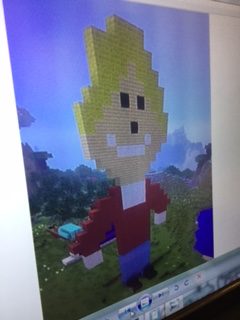

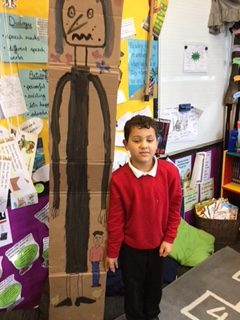
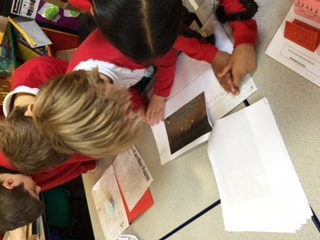
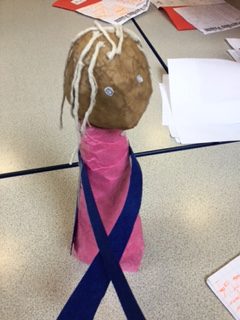
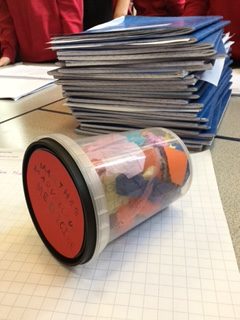



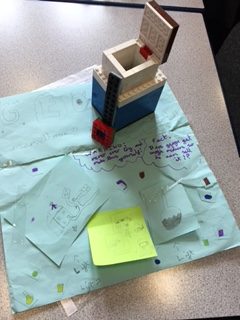

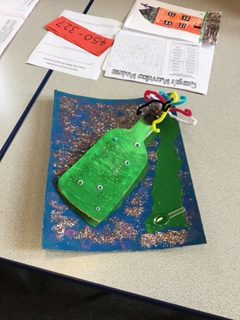
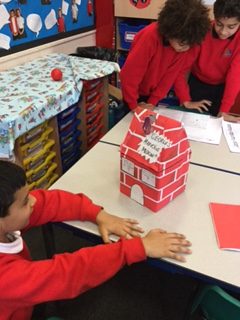
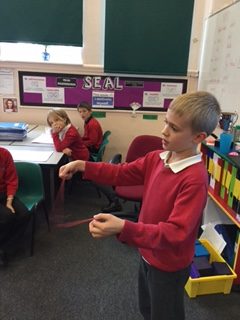
Buddies
In our class we have several different options of what to do when we are a little stuck with our learning. We call this Brain, Buddy, Boss. Here is a great example of a buddy supporting someone.
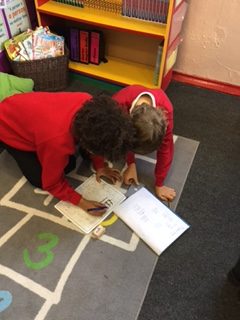
14 October 2016
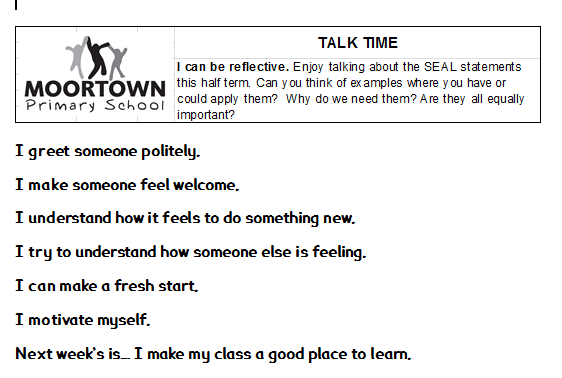
14 October 2016
The spellings for this week are revision from this half term.
-s, -es, -er, -ing -ed suffixes
– you need to remember two rules for this:
- double up for a short vowel sound (‘swimming’ not ‘swiming’ because the i makes an short ‘i’ sound, not a longer ‘i’ sound as in ‘site’)
- drop the e for ing (and ed and er, too!)
un- and dis- prefixes




